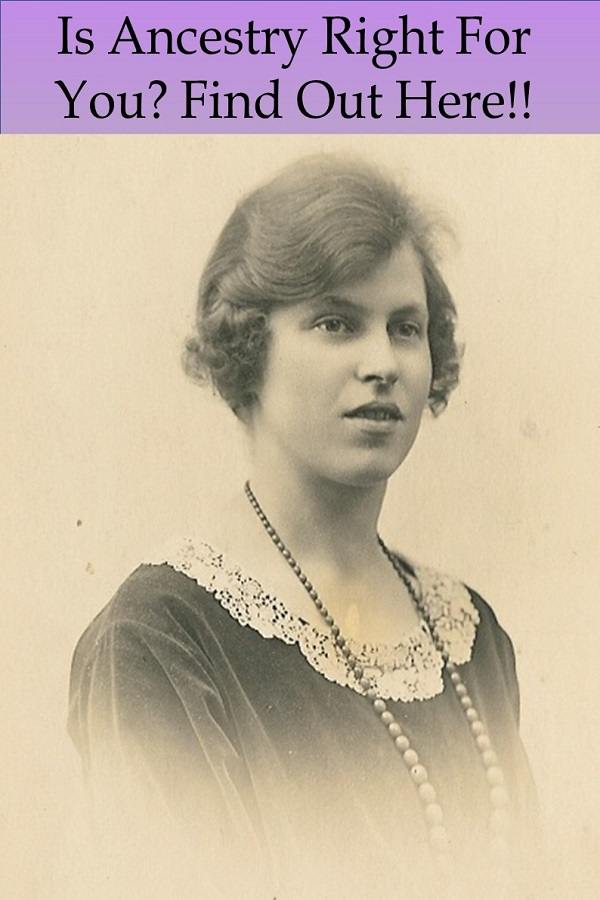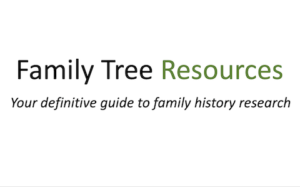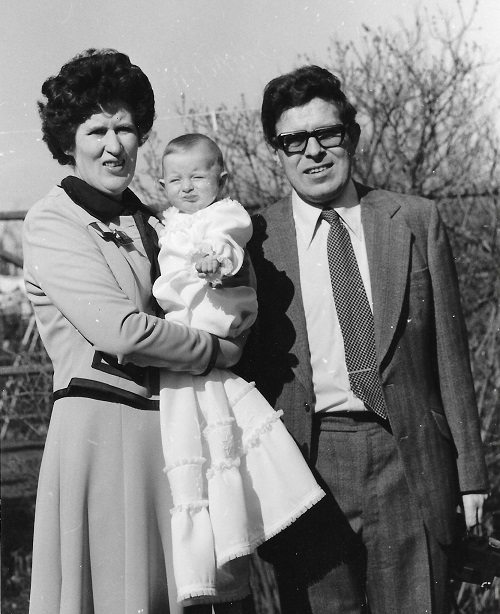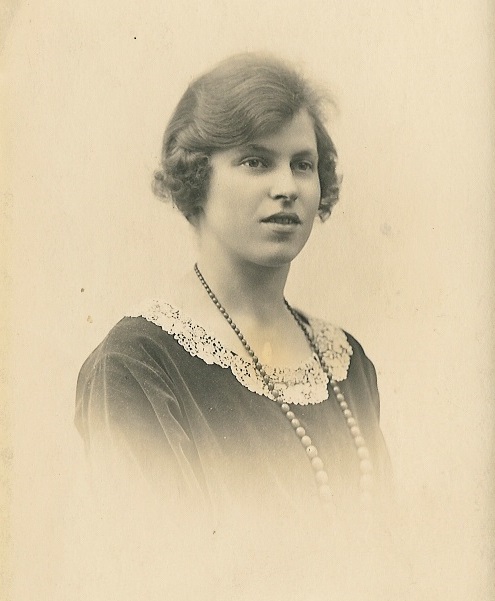
The links on this page are affiliate links – if you click through to Ancestry’s site and choose to purchase a subscription, I will earn a small commission but this does not increase the cost for you. See my privacy policy for further information.
If you have just started your family history journey, or have already conducted some research, but are beginning to think that you will not have the time or money to continue with that research because you believe you have to journey to many record offices or other institutions straight away, think again.
Many records are available online at Ancestry, which is the website I frequently use to study my own family history. One feature I especially like is that the records are all available in one place, which is perfect if, like me, you don’t always have the time to visit many different record offices and then search for the information manually once you get there.
If you choose the worldwide membership subscription, you can view records from the United States, Canada, Australia, New Zealand, and across the world – all without leaving the comfort of your home.
Another great feature is that the search facility is very easy to use – even my 84-year-old father has no problem using Ancestry to conduct family history research.
The site even has a 14-day trial so that you can see if it is right for you before you commit any money
The features offered by Ancestry makes it the perfect choice for anyone whether or not they are always busy because you can go to the site and conduct research even if you only have 30 minutes to devote to family history research, because you can obtain quick results. It’s amazing how much research you can conduct even in that short time.
If you are interested in a specific topic, please use these links so that you can go to the appropriate section immediately. If you would like a more detailed review, please read the full article.
| Who is Ancestry best for? | How to Create An Ancestry Account | Different Subscriptions | Subscriptions at a Glance |
| DNA Testing | How to Use Ancestry | Any Drawbacks? | Greatest Advantages |
Who is Ancestry Best For?
- Great for everyone, whether you are used to family history research or are just beginning your journey.
- Anyone who does not have the time or ability to visit Record Offices – you can conduct research even if you only have 30 minutes to spare
- The website is available 24/7, whereas Record Offices are only open during normal business hours
How To Create An Ancestry Account
You first have to obtain a subscription by creating a free account by filling in your details (first and last name, email address and password). You then have to tick to state that you agree with their terms and conditions.
After you have entered your details and clicked continue, you will be taken to a screen where you can choose from one of three different subscription options.
Different Subscription Options on Ancestry
Free Trial
The 14-day free trial offered by Ancestry is perfect if you wish to see if the site is right for you before committing any money. If you do not wish to continue with a paid subscription after using the site during this period, you do have to cancel the free trial 2 days before it is due to expire or you will be charged for a subscription.
Key UK Census Records Only
If you only wish to peruse the UK Census and birth, marriage and death records, this is the best subscription for you. It is perfect if you only wish to go back as far as the advent of civil registration in 1837.
With this option, you can also view Ancestry hints, which are a great resource as Ancestry can give you hints as to who your relatives could be – it’s a great time saver.
Another great feature is that you can preserve your family tree online – should there be a problem with your computer, you know your family tree is safe.
If a fellow Ancestry member has made their family tree public, people in that tree will come up in any search you make so you can see if someone else is researching your family. You are able to contact the individual who uploaded the tree – this is a great way of contacting other relatives you may not know about.
One word of caution when using family trees, however – some trees contain inaccurate information so it is prudent to check the information is correct by utilising the records before adding it to your own tree.
This subscription costs £10.99 a month or £54.99 for 6 months (single payment)
All UK and Ireland Records
This subscription gives you access to all the features of the UK Census Records subscription, along with UK parish records, which is great if you wish to go further back with your family history research.
Choosing this subscription is also the best option if you are unable to find a birth record for an individual after 1837, because you may be able to find a baptism record, which will help you further your research. Many parish records are available on Ancestry, and more are being added all the time.
You can also access the 1939 Register with this subscription.
Other records accessible with this subscription include:
- Directories
- Electoral Registers
- Military Records
- Migration and Travel Records
- Probate Records
This subscription costs £13.99 a month or £69.99 for 6 months (single payment).
Everything on Ancestry
This subscription not only gives you access to all the UK records on Ancestry, but is also gives you access to resources from all over the world, including the United States, Canada, Australia, and New Zealand.
This subscription costs £19.99 per month or £99.99 for 6 months (single payment).
Pay-As-You-Go Subscription
Ancestry also offers a pay-as-you-go subscription, where you can pay £9.99 to view 12 records over a 14-day period.
Ancestry Subscriptions at a Glance
Please go to ancestry.co.uk (opens in new window) to obtain any of the subscriptions.Please be aware that you have to submit your Credit Card details even if you choose the 14-day free trial. It is especially important to remember that should you purchase a subscription, it does auto-renew.
| Ancestry Subscriptions at a Glance | |||
|---|---|---|---|
| Resources | UK Census Records | All UK and Ireland Records | Everything on Ancestry |
| Search UK Census and Birth, Marriage and Death Records | Yes | Yes | Yes |
| Explore UK and Irish Record Collections including Census Records and Birth, Marriage and Death Records | Yes | Yes | Yes |
| Connect with millions of other Ancestry members to ask for help | Yes | Yes | Yes |
| Organise, preserve and share your family tree online | Yes | Yes | Yes |
| Ancestry Hints – expand your family tree | Yes | Yes | Yes |
| Guidance to help you make discoveries | Yes | Yes | Yes |
| UK Parish Records | __ | Yes | Yes |
| Military, Immigration and Irish Records | __ | Yes | Yes |
| Access to International Records | __ | __ | Yes |
| Learn about your ancestors in over 80 countries | __ | __ | Yes |
| Price of Subscription | £10.99 per month/£54.99 six monthly | £13.99 per month/£69.99 six monthly | £19.99 per month/£99.99 six monthly |
The full subscription also offers access to Forces War Records and an extensive collection of newspapers.
Pay as You Go
You can also choose to pay £8.99, for which you can access 12 records. This subscription is valid for 14 days.
Ancestry DNA Testing
Ancestry also offer a DNA Testing Service. Their system combines DNA science and their family history resource to help you discover other family members. It also helps you to determine what regions your ancestors are from and give you information going back multiple generations.
You are able to take the DNA test in the comfort of your home – you can then return your sample to their lab and they will process it, sending you an email when the results are available, which normally takes 6-8 weeks. Your results can give you a great starting point for your family history research.
Both men and women can take the DNA test – the DNA that Ancestry tests is DNA we all carry. Some DNA tests only the Y chromosome (paternal lineage – only taken by men) or mitochondrial DNA (taken by men or women, but it analyses the direct maternal lineage), but Ancestry DNA looks at a person’s entire genome.
How To Use Ancestry
One you have gone through the registration process, logged in, and chosen your subscription, you will then be taken to Ancestry’s Home Page. You will find that all of Ancestry’s main resources, which include UK Census Records, Birth, Marriage, and Death Records, Military Records, and Immigration and Travel Records are accessible from their Home Page.
If, for example, you wish to find your ancestor Ethel Priscilla Baker in the 1911 Census, you would click 1911 Census, where you will be taken to a page for that Census, and can then fill in all your ancestor’s details.
These details include first and last name, birth date and place and can even fill in the details for the father, mother, sibling, spouse and any possible children if you have that information.
Clicking Search will show you all the potential matches for your ancestor, from which you can choose the record you wish to view. After choosing and clicking on the record, you will be taken to another page where you can view a transcript and/or click through to the image itself.
If the record you are looking for is not on the Home Page, you can click on the Card Catalogue option on the Home Page. You can then input a title or keyword to search for that record.
Ancestry also has a horizontal menu at the top of each screen. Clicking on Search in this menu will bring up a submenu where you have the option to search all records – this is perfect if you wish to see if your ancestor is mentioned in any of the resources on Ancestry.
The Drawbacks of Using Ancestry
Unfortunately, not all records are available online, so even a site such as Ancestry may not save you from having to take a trip to a Record Office at some stage.
Not all records have been transcribed correctly so the index may be inaccurate – you may have to use a wildcard search or input a first name with no surname to find your ancestor, which can be quite time consuming.
If you wish to view images of certain military records such as Pensioner Soldier Service Records 1760-1920 from Royal Hospital Chelsea, you have to purchase a subscription to Fold3, which is a collection of original military documents.
If you choose UK records as your subscription and conduct a search, it will still bring up records for the United States even though you will not be able to access the information contained within.
You have to select England, Scotland, Wales, or Ireland as the Collection Focus on the initial search to filter the search to only contain records from those areas.
5 Greatest Advantages of Ancestry
- You can set up an Account and begin research immediately
- You do not have to visit a Record Office to conduct initial research, which is great for busy people, those unable to visit a Record Office, and those with families.
- You can make researching your family history a family occasion
- Can access records from the comfort of your home
- Search facility – do not need to spend hours browsing through the records and you can obtain instant results
Conclusion
I would give this website 4 out of 5 – there are some drawbacks to using the site but the advantages greatly outweigh the disadvantages – not least that you can conduct research in the comfort of your home and any time you have a bit of time to spare. Who wouldn’t want that?!


